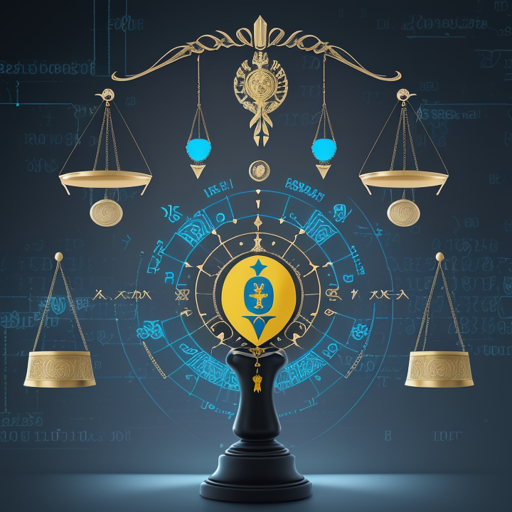Are you ready to dive into the world of natural language processing with jurBERT? This pretrained model is tailored specifically for the Romanian legal domain, bringing advanced capabilities of BERT right to your fingertips. In this guide, we will walk you through how to utilize jurBERT-base, troubleshoot common issues, and understand its underlying mechanisms.
What is jurBERT?
jurBERT is a special variant of BERT, designed specifically for processing Romanian judicial texts. It’s been trained using masked language modeling (MLM) and next sentence prediction (NSP) to understand the legal language intricacies better. Think of it as a superhero in the realm of legal text, equipped with the power to analyze rulings, cases, and legal arguments!
How to Use jurBERT
Dependency management is crucial for running jurBERT, whether you’re using TensorFlow or PyTorch. Here’s how you can set it up:
Using TensorFlow
from transformers import AutoModel, AutoTokenizer
import tensorflow as tf
tokenizer = AutoTokenizer.from_pretrained('readerbench/jurBERT-base')
model = TFAutoModel.from_pretrained('readerbench/jurBERT-base')
inputs = tokenizer("exemplu de propoziție", return_tensors=tf)
outputs = model(inputs)Using PyTorch
from transformers import AutoModel, AutoTokenizer
tokenizer = AutoTokenizer.from_pretrained('readerbench/jurBERT-base')
model = AutoModel.from_pretrained('readerbench/jurBERT-base')
inputs = tokenizer("exemplu de propoziție", return_tensors='pt')
outputs = model(**inputs)Understanding the Model’s Performance
Let’s use an analogy here. Think of jurBERT as a legal assistant who has read millions of case files. Each component of the model represents an aspect of the assistant’s training:
- MLM Training: This is like filling in the blanks in passages to understand the context of legal arguments.
- NSP Training: It’s akin to forming logical conclusions between sequential cases or statements.
These combined skills allow jurBERT to make informed predictions on legal outcomes, just as our assistant would analyze different legal narratives to predict case results.
Datasets Used for Training
jurBERT was trained on a specialized corpus of Romanian civil and criminal cases from 2010-2018, making its predictions reliable and contextually relevant. Its validation was conducted on two key datasets: RoBanking and BRDCases.
Downstream Performance
The results from various models when predicting legal outcomes highlight jurBERT’s superiority:
- *jurBERT-base* achieved a Mean AUC of **81.47** on RoBanking using only the plaintiff’s plea.
- Using both plaintiff and defendant pleas, *jurBERT-base* excelled further with **86.63** Mean AUC.
- On BRDCases, it registered **59.65**, showcasing its versatility across different legal scenarios.
Troubleshooting
If you encounter any hiccups while using jurBERT, here are a few troubleshooting tips:
- Model Loading Issues: Ensure that the transformers library is updated to the latest version. You can check by running:
pip show transformersFor more insights, updates, or to collaborate on AI development projects, stay connected with fxis.ai.
Final Thoughts
At fxis.ai, we believe that such advancements are crucial for the future of AI, as they enable more comprehensive and effective solutions. Our team is continually exploring new methodologies to push the envelope in artificial intelligence, ensuring that our clients benefit from the latest technological innovations.

